IndiaWilds Newsletter Vol. 5 Issue VIII
Trigger Happy
Shikar was a tradition in India. Kings and warriors have been hunting to quench their thirst for adventure. In an era, when a major part of India was covered by dense forests with pockets of small human habitations scattered in between, there was a fear of the wild. Humans are not endowed with body parts that can be used as weapons for offence and defence. For example, our nails are not like that of raptors or carnivores. We don�t have canine teeth which are large and designed like that of tigers and lions. We don�t have strong teeth and jaw muscles to crunch bones like hyenas, nor it has the tremendous power of the crocodile to jab at something. We don�t have the strength to strangulate like a python. Nor do we have the strength like Bhima of Mahabharata who could kill an elephant or Hanuman to carry a mountain.
In view of the paucity of natural ability to fight against large wild animals, it is no wonder that any contest between man and animal is seen a fight between David and Goliath � an unequal contest. So when a man used to kill an animal with traditional weapons, he was considered as a hero.
It was also not simply a contest of man against a wild animal, as one had to track the wild animal within dense vegetation. Animals have well developed senses like sense of smell, hearing and sight. So tracking down an animal without it knowing human presence and then killing it used to increase the aura of the hunter.
Slowly man started developing powerful weapons. With bow and arrow, it became easier to hit an animal from a distance. Man discovered the use of poisonous substances from the extracts of various plants and used it in the tip of the arrow to make it more effective.
Man tamed elephants and started shooting arrows from top of the elephant on a tiger and lion. The height of the elephant provided the vantage point. Even then there was some sort of level playing field vis-�-vis the predator as there was a time difference between firing two arrows. A wounded tiger had the ability to jump on the back of an elephant and maul the hunter severely.
The Moghul era saw more organised hunting with armies descending upon the forests. The tiger, outnumbered by several thousand men, had no chance but to die. Nevertheless, the bards and other sycophants were there to glorify the incident.
With the advent of modern rifles the game changed a lot infavour of the hunter. Later with the arrival of the modern automobile and lights, the tiger didn�t stand a chance. Today, the weapons of mass destruction like the AK 47s with their ability to spray hundreds of bullets has made it a foregone conclusion.
However, people still have the vague notion of becoming a hero by hunting wildlife. There are online forums that still glorify hunting. People still brag about having hunted �big game� an euphemism for large mammals like tigers, lions, leopards, elephants etc. This craving for turning into a hero has had its impact on conservation and opportunistic business.
In Africa, zoo bred tigers and lions are released into large wired enclosures and hunters from abroad pay a visit to these places to shoot them after paying a hefty fee. The images and videos of such shoots are shared among few hunting groups.
There was a time when hunting was allowed in India. People like KailashSankhala and �Billy� Arjan Singh could convince Mrs. Indira Gandhi, and so the practice of allowing tiger hunting was stopped. A hue and cry resulted from the various agencies who used to facilitate the hunting. It was also said that India will lose precious foreign exchange if India stopped tiger hunting. Fortunately, the able leadership of Mrs. Gandhi ensured that India put an end to an abhorrent practice.
Today hunting is still continuing, albeit in a surreptitious manner. We Indians have the ingenuity to find loopholes in the strictest of laws and use it to satiate the crave for hunting.
During the British rule, whenever there was a conflict with carnivores like Tiger or leopard or an incident of �rogue� elephants, hunters were given permission to kill the concerned animal. This practice has continued even now.
Whereas in the days of the British, a tiger or leopard was declared as a maneater after there had been many instances of people being killed over a period of time. The Maneating Leopard of Rudraprayag had killed 125 people over a period of 8 years. The maneating leopard of Panna, located in a remote place, had killed about 400 people. Even if a cynic considers these figures to be highly inflated, it leaves a person without doubt that there is indeed a �problem animal�. There are ofcourse some instances of people murdering someone and throwing the body in the jungle and attributing that to maneating.
Today, the habitat of the wild animals has shrunk. Human population has exploded and people have moved into the habitat of the wildlife. Cutting of trees for firewood, logging for furniture has reduced the richness of the forest and also the availability of food for herbivores.To add to the challenge indiscriminate poaching has reduced the prey base. Conflict is inevitable. In such conditions, whenever there is a conflict with a tiger or leopard, bowing to populist pressures the forest department is ready to immediately brand it as a �maneater� or �problem animal� and gives the order to kill the animal. In certain states, they immediately capture and send the animal to a zoo.
Hunters have moved in to cater to this clamour for elimination of carnivores and harvest the bounty. They have got good understanding with the forest department officials who immediately give these hunters a call and an animal is killed.
If at all a hunter is permitted to kill a so called maneater, what is the protocol to identify it?
In Uttarakhand, I was told by local folks that in one incident where a leopard carried away a child, the hunter came and killed one leopard from the vicinity. The witness say that the size of the leopard seen carrying the child and the one killed are different. The size of habitat has shrunk so much that many leopards are forced to stay in the same hill. So it is easy to kill one, even if another leopard may have accidentally killed a child. I have come across situations where the leopard have left the man and in one case a child after realising that it has accidentally caught hold of a person.
There have been instances, when I have been filming leopards in the night on foot and the leopard has stealthily tried to slink away barely six feet from me without causing any harm. Atleast half of the researchers working in the field and a number of forest officials who prefer to be on their foot, would not have survived close encounters with wild animals, if wild animals are really blood thirsty as people and some TV channels want us to believe.
If at all a hunter manages to track down the right animal and kill it, why does the forest department allow the hunter to pose with the dead animal to photograph and splash it in newspapers as was done in Himachal Pradesh in Aug 2013? Do we allow the body of criminals or terrorists who have been hanged onto death to be displayed? Why the glorification of hunters? Do we ever think what kind of message we are sending to people through these kinds of images splashing in the media? This adds to the belief of people that animals are blood thirsty monsters waiting to kill us.
In earlier days in India message of conservation was weaved into our culture. Our values and beliefs constantly keep on shaping the culture. So any kind of messaging whichpromotes hunting and portrays our wildlife as blood thirsty monsters will negatively impact the values and beliefs and will be a big hindrance to preserving our wilderness and wildlife.
Book in Focus: Wild Animals in Central India by A. A. Dunbar Brander
http://www.indiawilds.com/diary/wild-animals-in-central-india/
Career: Learnings from Wild India: Competition & Success
http://www.indiawilds.com/diary/learnings-from-wild-india-competition-success/
Conservation News:
MoEFGreenlights Shark Fins �naturally attached� policy:
The Ministry of Environment and Forests have banned the removal of shark fins in the sea.
In a welcome move, the Hon�ble Minister of State (IC) for MoEF Smt. JayanthiNatarajan has given her consent to the policy banning removal of Shark fins on board of a vessel in the sea. According to the new policy, possession of fins not attached to the shark bodies will be construed as hunting of a Schedule I species and invite due penalties. The Policy calls for concerted action and implementation by the concerned State Governments through appropriate legislative, enforcement and other measures.
In a ghastly practice, fishermen catch sharks and then cut off their fins and then drop the shark back into water. Without the fins attached the shark sinks to the bottom and dies a painful death. Fins are used as in Shark Fin soup and it is considered a delicacy abroad. Fishermen cut off the fins to maximize the amount of fins they can get on board of their vessel. This inhuman practice was also carried out by our fishermen due to lack of legislations.
Sharks are apex predators and due to their indiscriminate hunting, there is a major imbalance in the marine ecosystem. The shark fin trade has multiplied the pressure on the species and is pushing them on the verge of extinction.
Ten species of sharks are given protection as Schedule I species under the Wildlife Protection Act 1972. Cutting off the fins has resulted in difficulty in identifying these Schedule I species from others and hinders enforcement. With the change in policy, often referred as �naturally attached� shark fins can�t be cut off and the carcass thrown to the waters, hence the amount of shark fin trade is expected to come under control.
We congratulate the Hon’ble Minister and MoEF for stopping the inhumane practice of removal of shark fins from live sharks in the sea.
For further details:
http://www.indiawilds.com/forums/showthread.php?t=13074
Sand Mining:
A young IAS officer posted as the District Magistrate of Gautam Buddha Nagar in UP was suspended by the Government on the pretext of demolishing the wall of a mosque being illegally built in public land. The main reason appeared to be her strict action in stopping the sand mining mafia from digging the rivers to take away all the sand. The politician and sand mining mafia found out a way to suspend her. Such is the impact that the Chief Minister was defending the actions of his Government in suspending her.
The MoEF constituted a committee to look into the sand mining and the committee has submitted its report. The National Green Tribunal banned sand mining across the country. However, it is yet to be seen as to how this order would be implemented.
Sandminingstops the ability for water to percolate and slowly make the river sick and die. And when the river is killed, theanimals, birds and organisms that depend on the riverine ecosystem face enormous hardships and some of them get wiped out completely.
The impact of sandmining is not only an environmental issue but has a deep impact on our economy. The death of rivers due to rampant sand mining will ensure that our population face enormous hardships due to lack of water. Water wars can’t be far behind.World Bank has said that the biggest threat to the growth of India’s economy is the availability of water.�So everybody should be concerned about stopping this menace.
Plastic bottles in National Parks:
http://www.indiawilds.com/forums/showthread.php?t=13050
Natural History:
Crocodiles of Carambolim by Jim Manjooran
http://www.indiawilds.com/forums/showthread.php?t=12978
COUNTRY NOTEBOOK: M.Krishnan Southern Maneaters:The Sunday Statesman 11,18-Aug-2013
http://www.indiawilds.com/forums/showpost.php?p=63443&postcount=65
Sound of Nature
Call of a Fungoid frog�Hylarana malabarica, from Karnala, Maharashtra, by Abhishek Jamalabad
http://www.indiawilds.com/forums/showthread.php?t=13052
Typical call of the Indian scops owl, by Roopak Gangadharan
http://www.indiawilds.com/forums/showthread.php?t=13068
Image of the Month:
The honour for the Image of the Month for July goes to –
Kaleeswara Srikanth�s image titled “Rhacophorusmalabaricus”.
http://www.indiawilds.com/forums/showthread.php?t=13013
Wildlife Photography:
Sloth Bear itch by Deepak Ramani
http://www.indiawilds.com/forums/showthread.php?t=12967
Gaur chasing Tiger by Praveen Siddannavar
http://www.indiawilds.com/forums/showthread.php?t=12901
Elephant Climb by Bibhav Behera
http://www.indiawilds.com/forums/showthread.php?t=12886
Sambar�s sore spot by Rajan Kanagasabai
http://www.indiawilds.com/forums/showthread.php?t=12873
Seascape by Jitendra Katre
http://www.indiawilds.com/forums/showthread.php?t=12860
Oriental White eye by Gajanan Bapat
http://www.indiawilds.com/forums/showthread.php?t=12965
Angry Crested Serpent Eagle by Achyuta Madhusudan Rao
http://www.indiawilds.com/forums/showthread.php?t=12931
Chameleon by Jitendra Katre
http://www.indiawilds.com/forums/showthread.php?t=12876
I look forward to your inputs and support in preserving the last tracts of wilderness and wildlife left in our beautiful country. For other interesting articles and images check –�http://www.indiawilds.com/forums/
To post in the IndiaWilds forums, you can register free of cost using your Full Name as user id at�http://www.indiawilds.com/forums/register.php
If you are already a member of IndiaWilds and have forgotten you user id and/or password you can mail to�administrator@indiawilds.com
If you want to contribute original articles, or for any image enquiries please send a mail to�administrator@indiawilds.com
Regards,
Sabyasachi Patra
Profile:�http://www.indiawilds.com/about.htm
Contact:�http://www.indiawilds.com/contact_us.php
Facebook:�http://www.facebook.com/pages/IndiaWilds/132629240481
Diary:�http://www.indiawilds.com/diary/
Equipment reviews:�http://www.indiawilds.com/diary/category/equipment/
Forums:�http://www.indiawilds.com/forums/index.php
IndiaWilds Channel:�http://www.youtube.com/indiawilds
Please post your views and feedback in the comments below.
- GoPro Hero 12 Black - 6 September,2023
- Leopards: The Last Stand - 2 July,2023
- Drifting in the Waters of Sundarbans - 26 March,2023

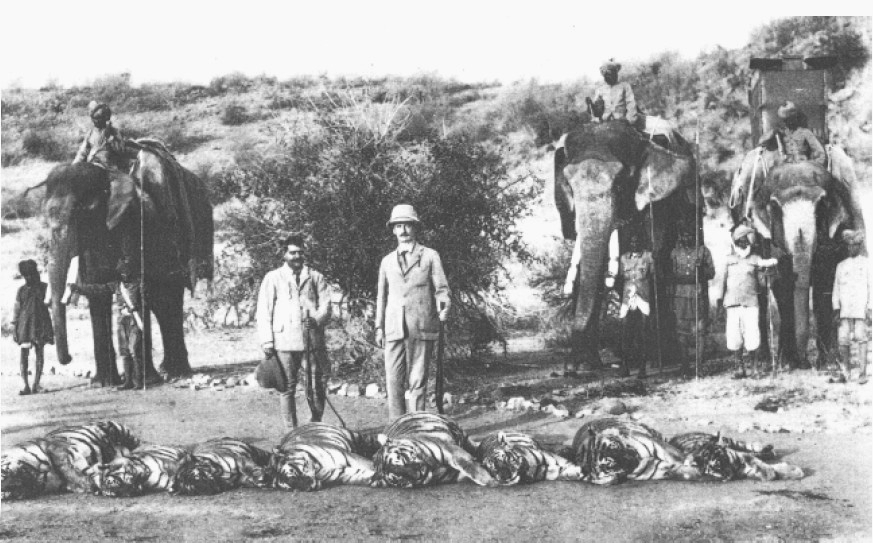
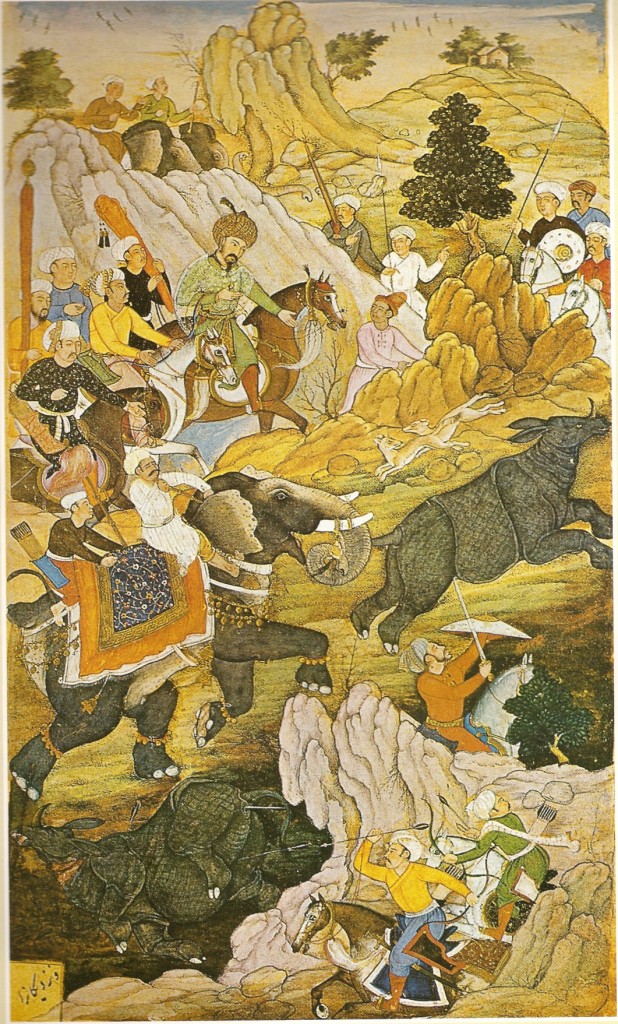
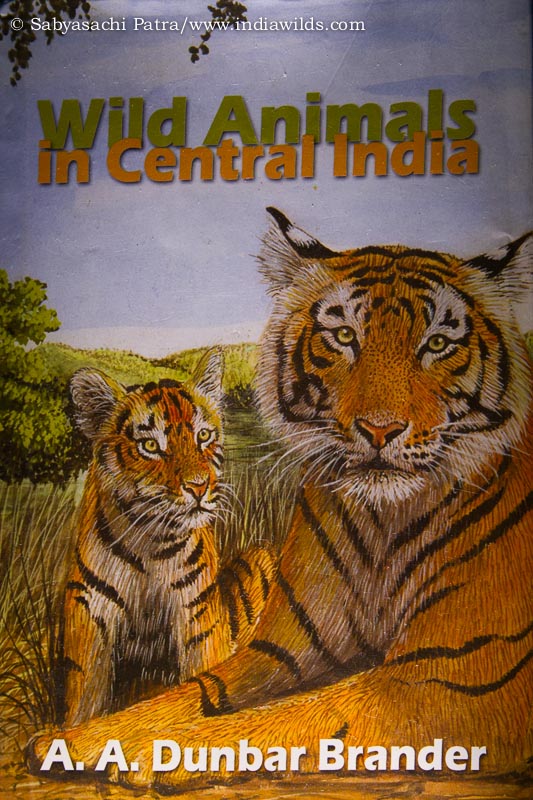

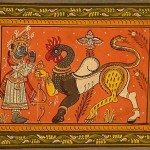




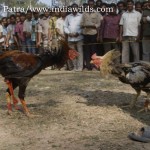



Leave a Reply